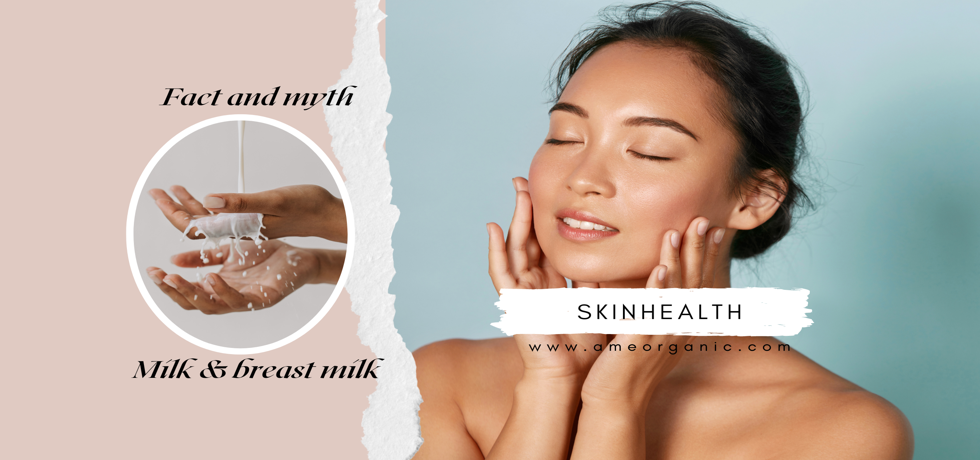
Unveiling the Skin Secrets of Milk vs. Breast Milk
Introduction to Milk and Skin Health
When it comes to skin care, some of the oldest remedies can be surprisingly effective. Among these are milk and breast milk, both praised for their potential skin benefits. This post dives into the skin secrets of milk versus breast milk, exploring whether these claims hold any water. Through scientific evidence and dermatological expertise, we will shed light on how these two milks contribute to skin health.
The Skin Benefits of Cow’s Milk
Cow’s milk is often hailed as a wonder product in skin care because it contains several beneficial components. One of its primary assets is lactic acid, an alpha-hydroxy acid known for its exfoliating properties. This exfoliation can help with the overall skin texture, making it smoother and more even. Lactic acid also acts as a humectant, attracting moisture to the skin and thus enriching your skincare routine.
Additionally, cow’s milk is rich in vitamins, particularly Vitamin D and Vitamin A, which are essential for maintaining the skin barrier and promoting cell turnover. Regular use of products containing these vitamins can significantly improve the appearance of dry skin and ease conditions like xerosis, making milk a viable option for skincare enthusiasts looking to enhance their skin regimen.
The Role of Breast Milk in Skin Healing
On the other hand, breast milk is often romanticized for its healing properties. While it contains immunoglobulins and enzymes known for their antibacterial capabilities, most evidence suggests its effectiveness is largely limited to infants. The antibacterial properties can provide minor benefits, potentially soothing irritations and enhancing overall skin health. However, clinical data supporting the effectiveness of breast milk in treating adult skin conditions is scarce.
Although some individuals may find relief for minor irritations when using breast milk, relying on it as a cure-all is unfounded. Adult skin requires more targeted treatment, often provided by well-formulated skincare products that utilize naturally beneficial ingredients.
How to Incorporate Milk in Your Skincare Routine
If you’re intrigued by the idea of utilizing cow’s milk in your skincare regime, consider DIY solutions or commercial products containing lactic acid and milk proteins. Look for creams or lotions specifically formulated for hydration and skin texture improvement. Remember to always test any new product or ingredient on a small skin area first, especially if you have sensitive skin.
For breast milk, if you have an infant, consult with your pediatrician for advice on its potential benefits for infant skin. Using breast milk for adult skincare may not yield significant results and should not supersede evidence-based dermatological treatments tailored for adult skin concerns.
Conclusion
In summary, cow’s milk shines with scientifically-backed skin benefits, from exfoliation to improved hydration levels, making it an excellent companion in your skincare journey. Conversely, the benefits of breast milk are primarily anecdotal and best suited for infants. For effective skincare, focus on products enriched with lactic acid and vitamins that cater to your specific skin type and needs.
For professional assistance and expert advice from leading dermatologists like Dr. Hital Patel, experience the benefits of unveiling the skin secrets of milk vs. breast milk with Hair & Skin Specialist Dr. Hital Patel at The Skin Artistry. Our clinics in PDPU Gandhinagar, Vastrapur Ahmedabad, and Hyderabad (Visiting Consultant) offer top-quality care and personalized treatments. Visit us today to learn more about our services and take advantage of our special offers! For more insights, updates, or to collaborate, stay connected with The Skin Artistry.


